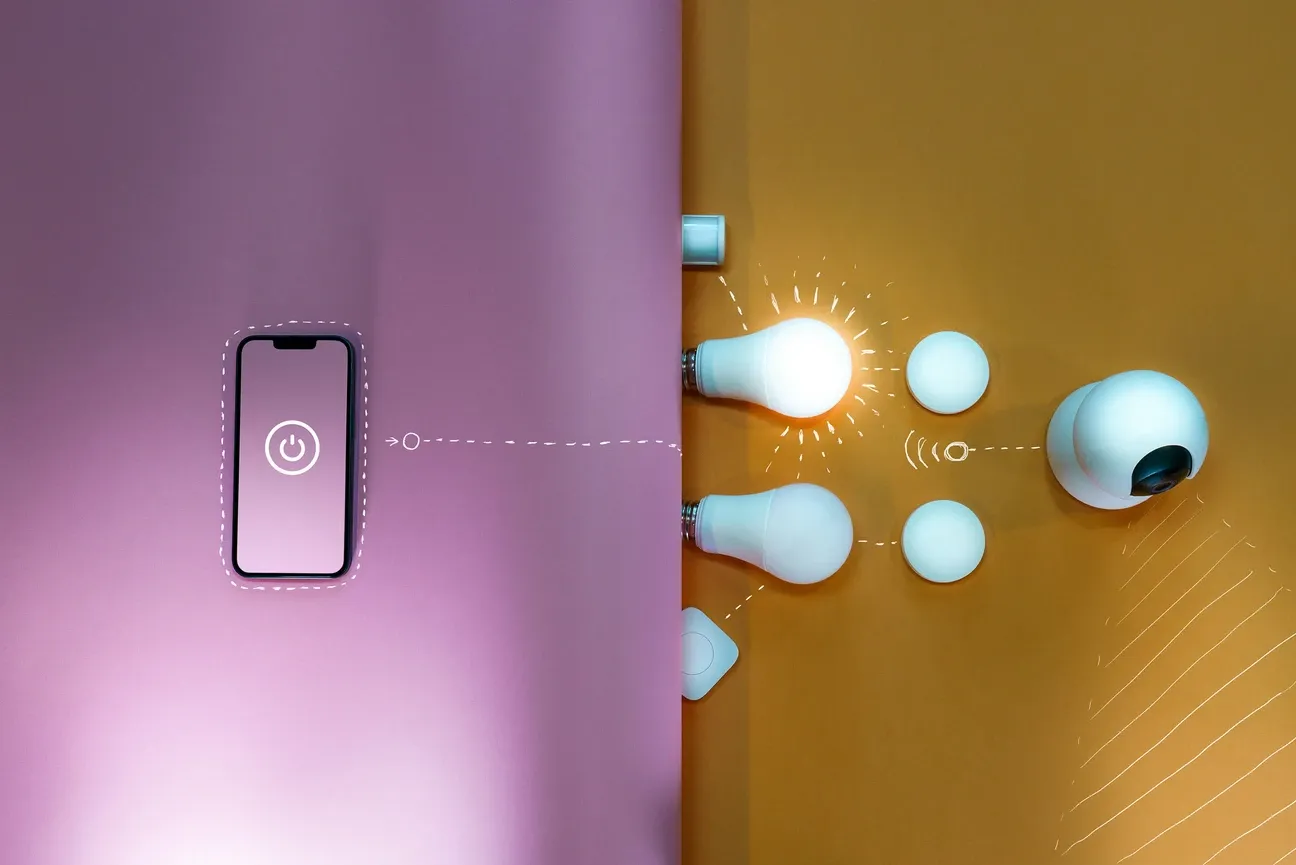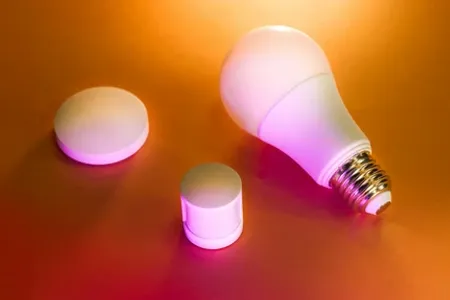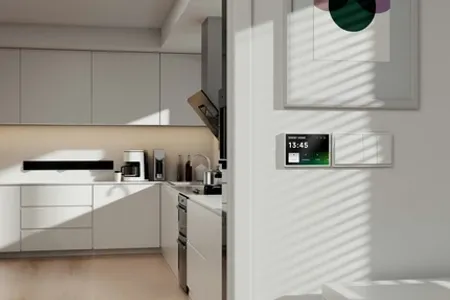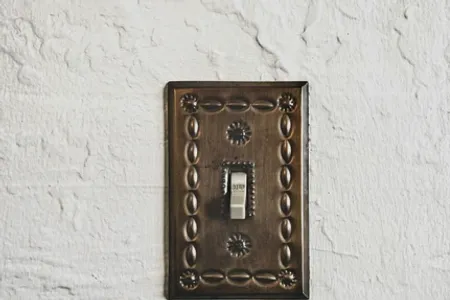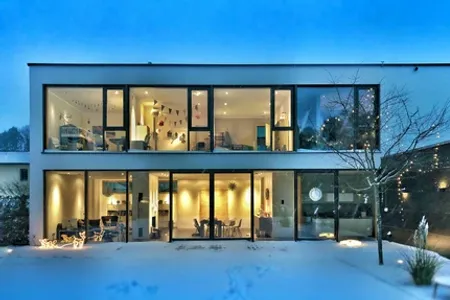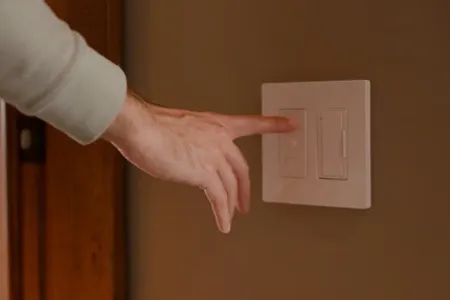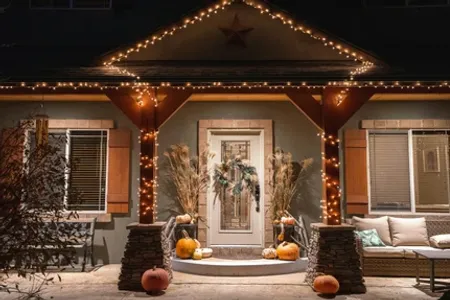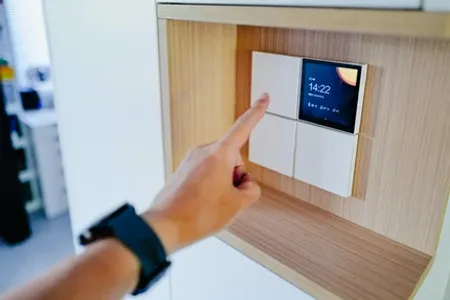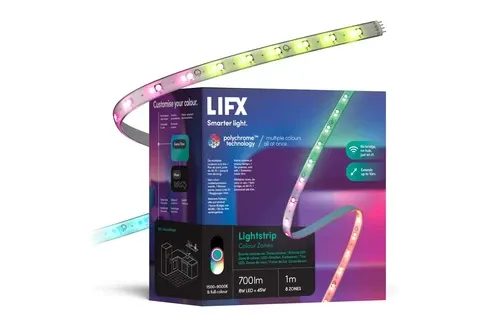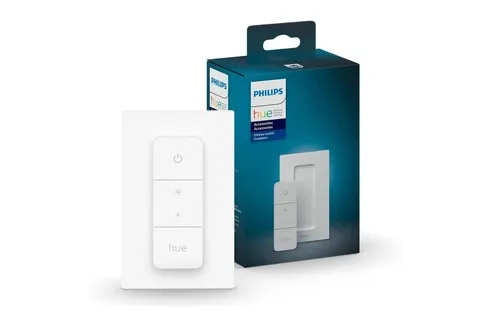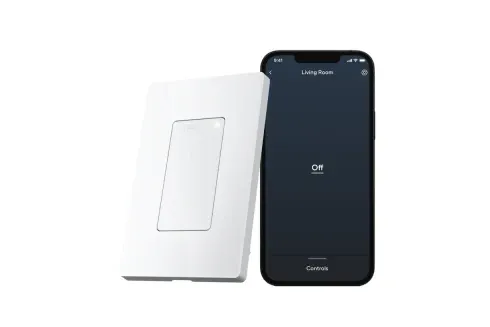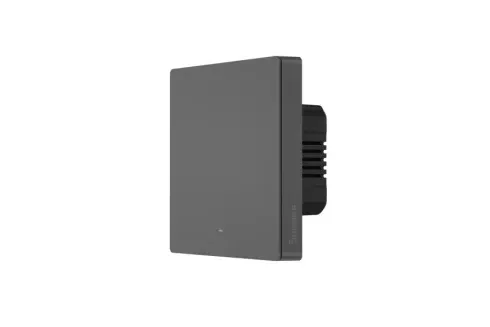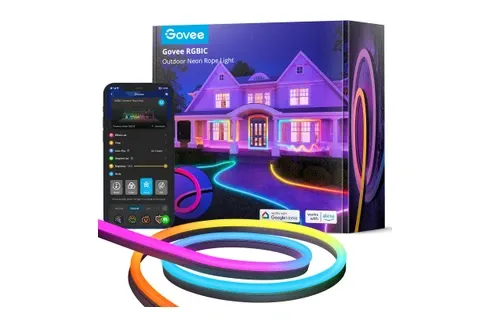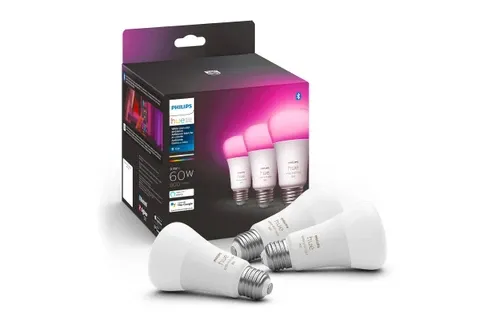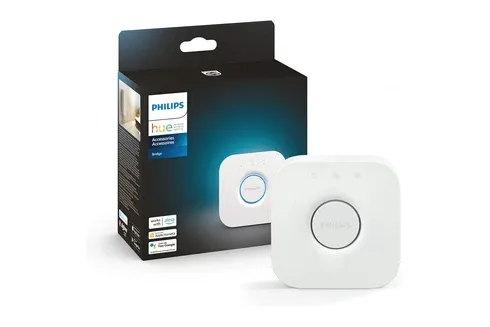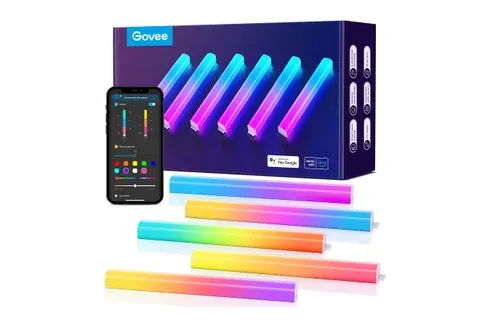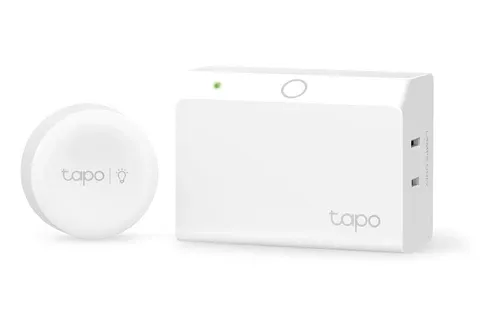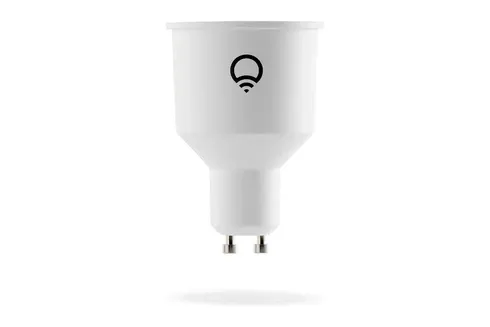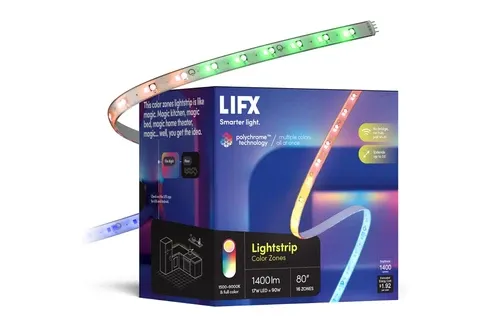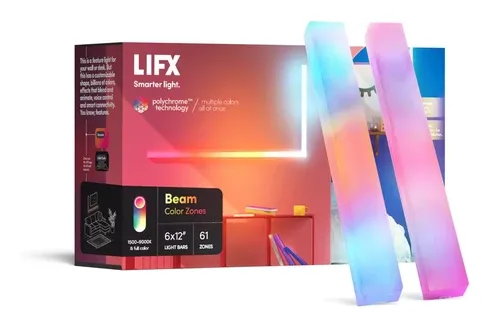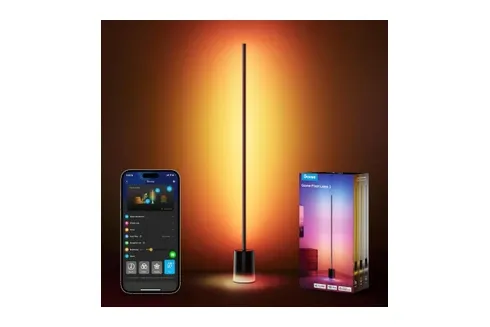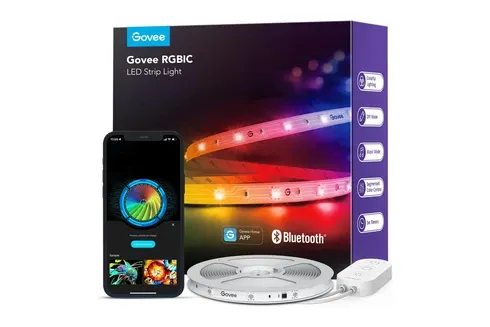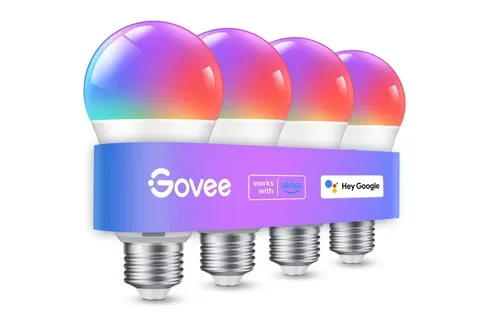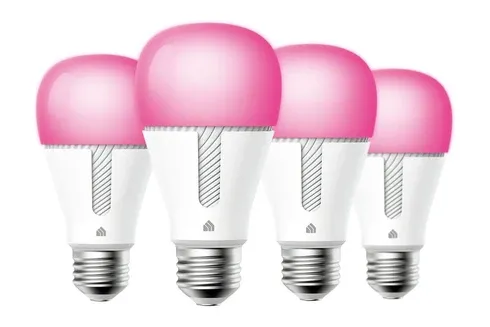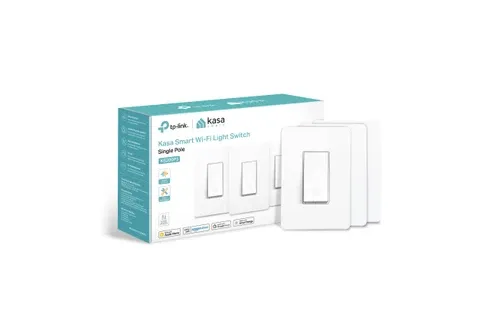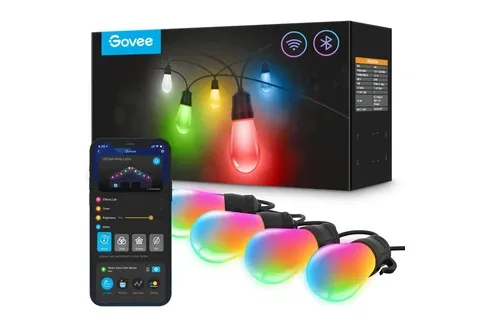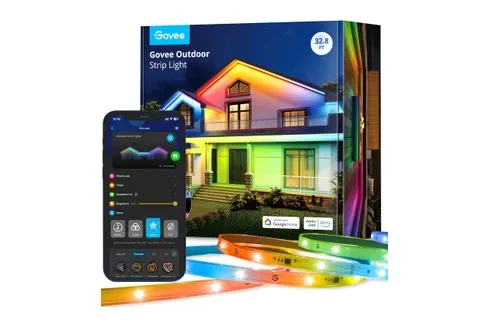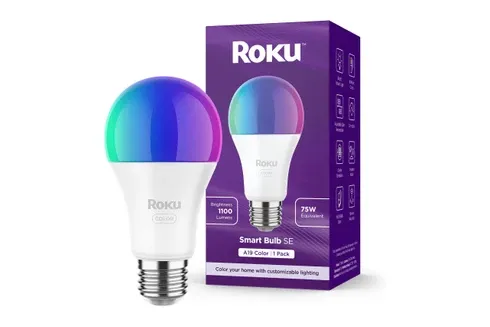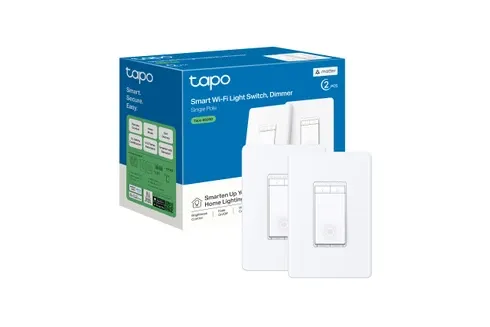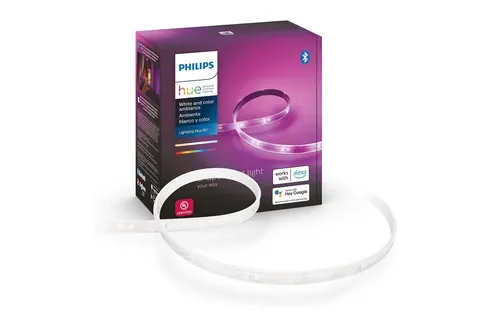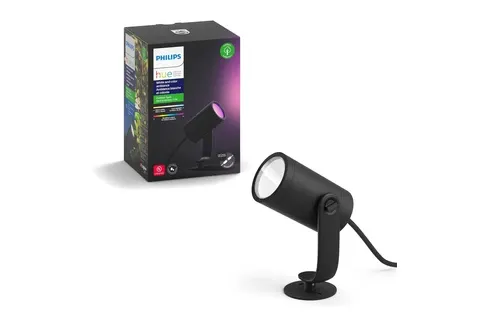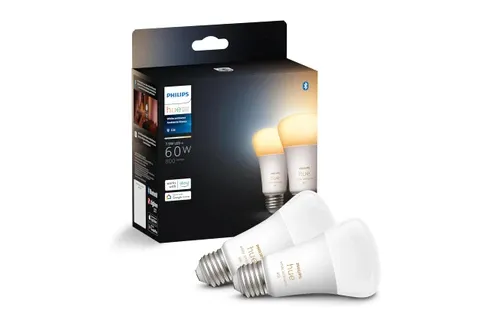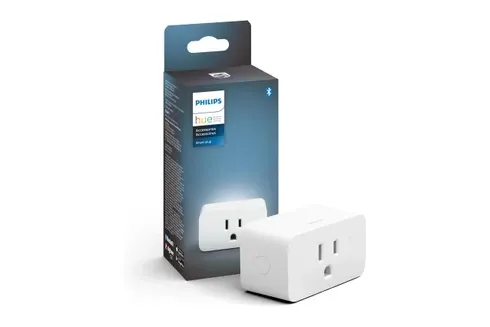Smart lighting has transformed the way we illuminate our homes. Offering energy efficiency, automation, and enhanced convenience, it’s more than just a lighting system—it’s an essential part of a modern smart home setup.
What is Smart Lighting?
Smart lighting refers to lighting systems that can be controlled remotely using smart devices like smartphones, tablets, or voice assistants. These systems allow you to schedule when your lights turn on or off, adjust brightness levels, and even change the color of the lights to suit different moods or activities. By using Wi-Fi, Bluetooth, or ZigBee technology, smart lighting connects seamlessly with your home network, providing a new level of control and convenience.
Many homeowners also choose to upgrade their lighting systems over time, adding more advanced features or integrating them into larger smart home ecosystems. These upgrades often include enhanced automation capabilities, better energy-saving algorithms, or the addition of voice assistants for hands-free control.
Key Features of Smart Lighting
Smart lighting systems offer a range of features that traditional lighting simply can’t match:
- Energy Efficiency: Smart lighting allows you to control when lights are on or off, preventing energy waste. Many systems use LED bulbs, which are more efficient than traditional bulbs.
- Automation: You can set lights to turn on at sunset, off at sunrise, or adjust throughout the day according to your schedule.
- Customization: Many smart lighting systems offer a wide range of color and brightness settings, allowing you to set the perfect ambiance for any occasion.
- Voice Control: Most smart lighting is compatible with voice assistants like Amazon Alexa, Google Assistant, and Apple HomeKit, making it easier than ever to control your lights hands-free.
- Remote Access: Even when you’re away from home, you can control your lights via a mobile app, giving you peace of mind and security.
Some systems even support firmware upgrades, allowing manufacturers to push new features or improvements over time. By keeping your lighting system up to date, you can benefit from better performance and the latest smart home innovations.
Benefits of Smart Lighting
Energy Savings
One of the biggest advantages of smart lighting is the ability to save on your energy bill. Smart lights often use LED technology, which consumes up to 80% less energy than incandescent bulbs. With features like motion sensors, lights will only turn on when someone is in the room, further conserving energy.
Convenience
Imagine coming home to a fully lit house without flipping a switch. With geofencing technology, your lights can detect when you're near home and automatically turn on, providing you with a warm welcome. You can also use voice commands to control your lights without needing to get up.
Security
Smart lighting can enhance your home security by allowing you to program lights to mimic your presence when you're away. By scheduling random on/off patterns, potential intruders are less likely to target your home, as they’ll assume someone is there.
Customization
From creating a cozy reading nook with soft, warm light to setting the right mood for a movie night with dimmed lighting, smart lighting offers unmatched customization. Some smart bulbs even allow you to change the color, providing the right ambiance for any occasion.
Upgrading your lighting system can expand these customization options. Newer versions of smart bulbs and lighting hubs often offer more nuanced color controls, better app interfaces, and advanced automation triggers, such as syncing with other smart home devices like cameras or thermostats.
LED Strip Lighting for Creative Spaces
Another exciting addition to smart lighting setups is LED strip lighting. These flexible light strips allow for creative and unique lighting placements, perfect for accentuating furniture, highlighting architectural features, or creating an immersive entertainment space.
Benefits of LED Strip Lighting:
- Custom Lengths: Cut and adjust the strip to fit any space, whether it’s behind your TV, under kitchen cabinets, or along staircases.
- Color Customization: Choose from millions of colors to match your mood or decor.
- Syncing with Music & Video: Some LED strip lights can react to music or video content, enhancing gaming and home theater experiences.
- Easy Installation: Most LED strips come with adhesive backing for quick placement.
Many homeowners use LED strip lighting to add a modern and futuristic touch to their homes. With app and voice control options, these lights can be programmed to change throughout the day or react to specific triggers, making them a highly interactive element of smart home lighting.
How to Set Up Smart Lighting
Setting up smart lighting is easier than you might think. Here’s a simple guide to getting started:
- Choose Your Smart Bulbs: There are many options on the market, from Philips Hue to LIFX, and even Kasa Smart Lights from TP-Link.
- Install the Bulbs: Replace your old light bulbs with the new smart bulbs.
- Download the App: Each system will have its corresponding app. Download it on your smartphone or tablet.
- Connect to Wi-Fi: Follow the instructions to connect your bulbs to your home’s Wi-Fi network.
- Customize Your Settings: Set schedules, adjust brightness, and experiment with colors to find the perfect lighting for your home.
- Integrate Voice Assistants: If you use Alexa, Google Assistant, or Apple HomeKit, connect your lighting system to your preferred assistant for hands-free control.
To keep your smart lighting running optimally, you may need to occasionally upgrade the software via the manufacturer’s app. Firmware updates often bring enhanced stability, new features, or improved security, ensuring your lighting system stays current with the latest technology trends.
Conclusion
Smart lighting is no longer a futuristic concept; it’s a practical and efficient solution that enhances both the functionality and ambiance of your home. Whether you want to reduce your energy consumption, boost your home security, or create the perfect atmosphere for any occasion, smart lighting is the way to go. With a wide range of features and customization options, it’s the perfect addition to any smart home setup.
By incorporating LED strip lighting, customizable smart bulbs, and energy-efficient solutions, you can completely transform your living space. Whether you’re setting up lighting for productivity, relaxation, or entertainment, the latest innovations in smart lighting make it easier than ever to craft the perfect environment. As technology continues to evolve, expect even more intelligent, efficient, and interactive lighting solutions to become available in the near future.
Now is the time to make the switch and experience a smarter way to light up your life. Explore the latest advancements and upgrade your lighting system to keep up with the ever-growing smart home revolution.
